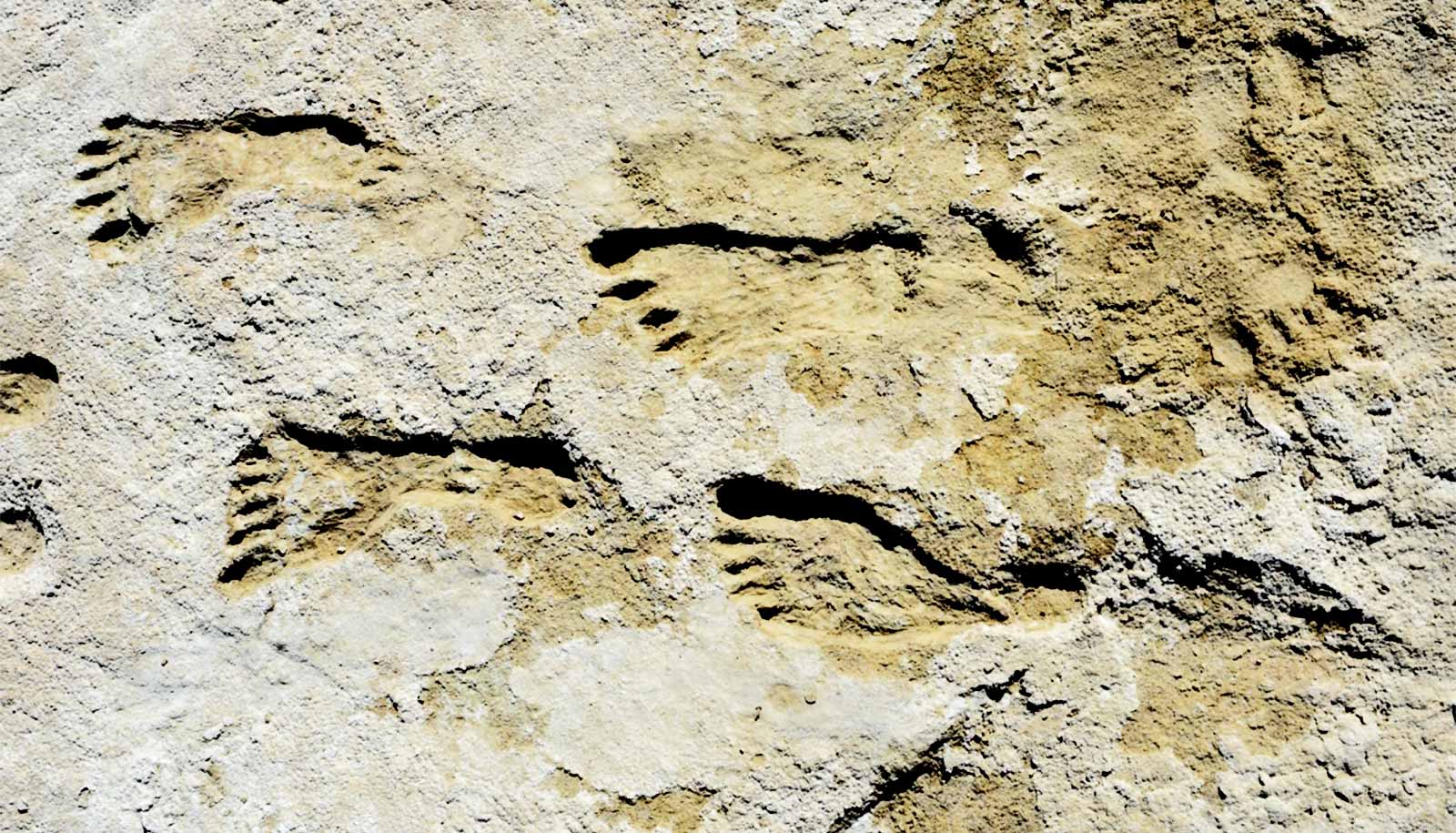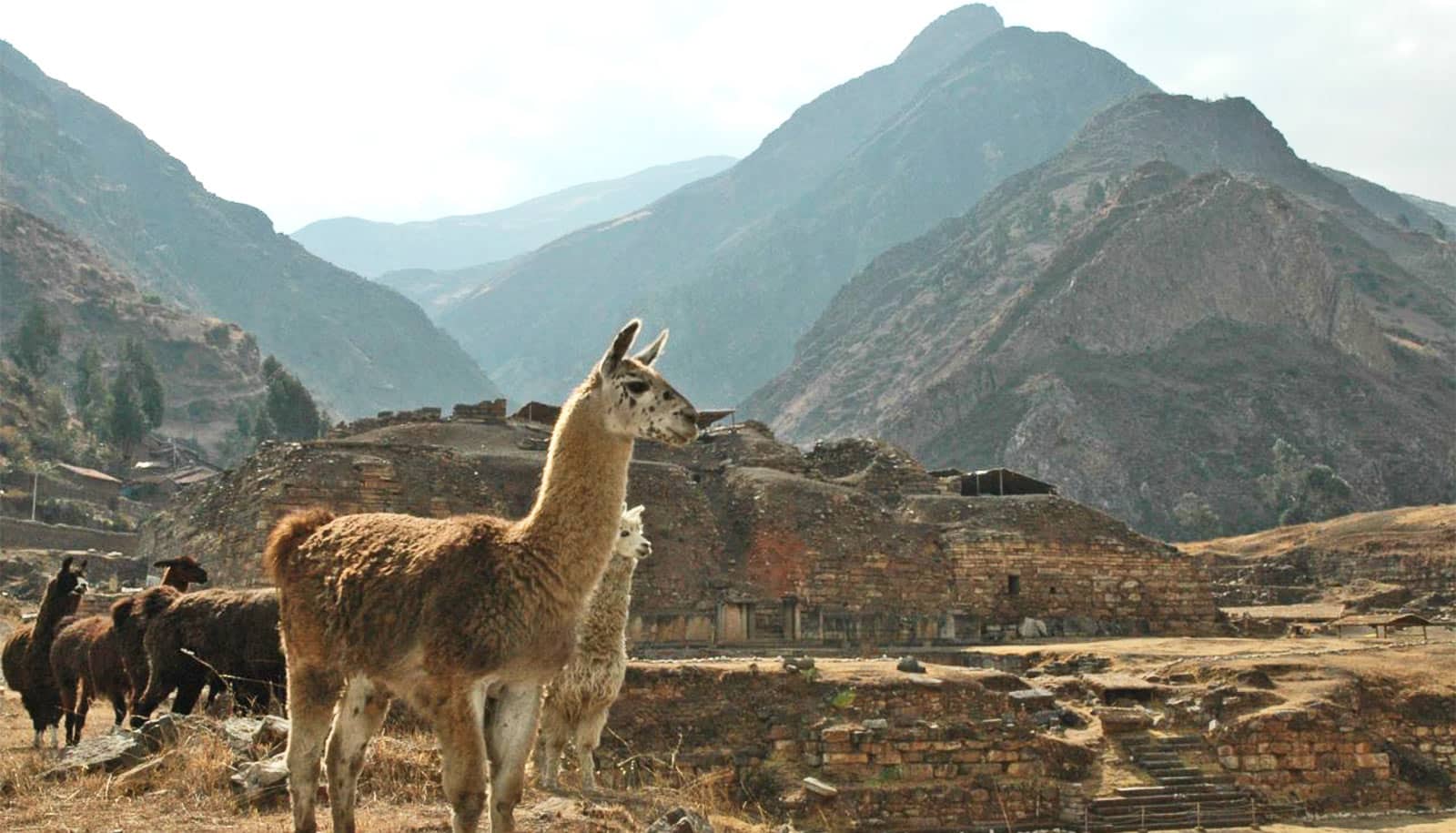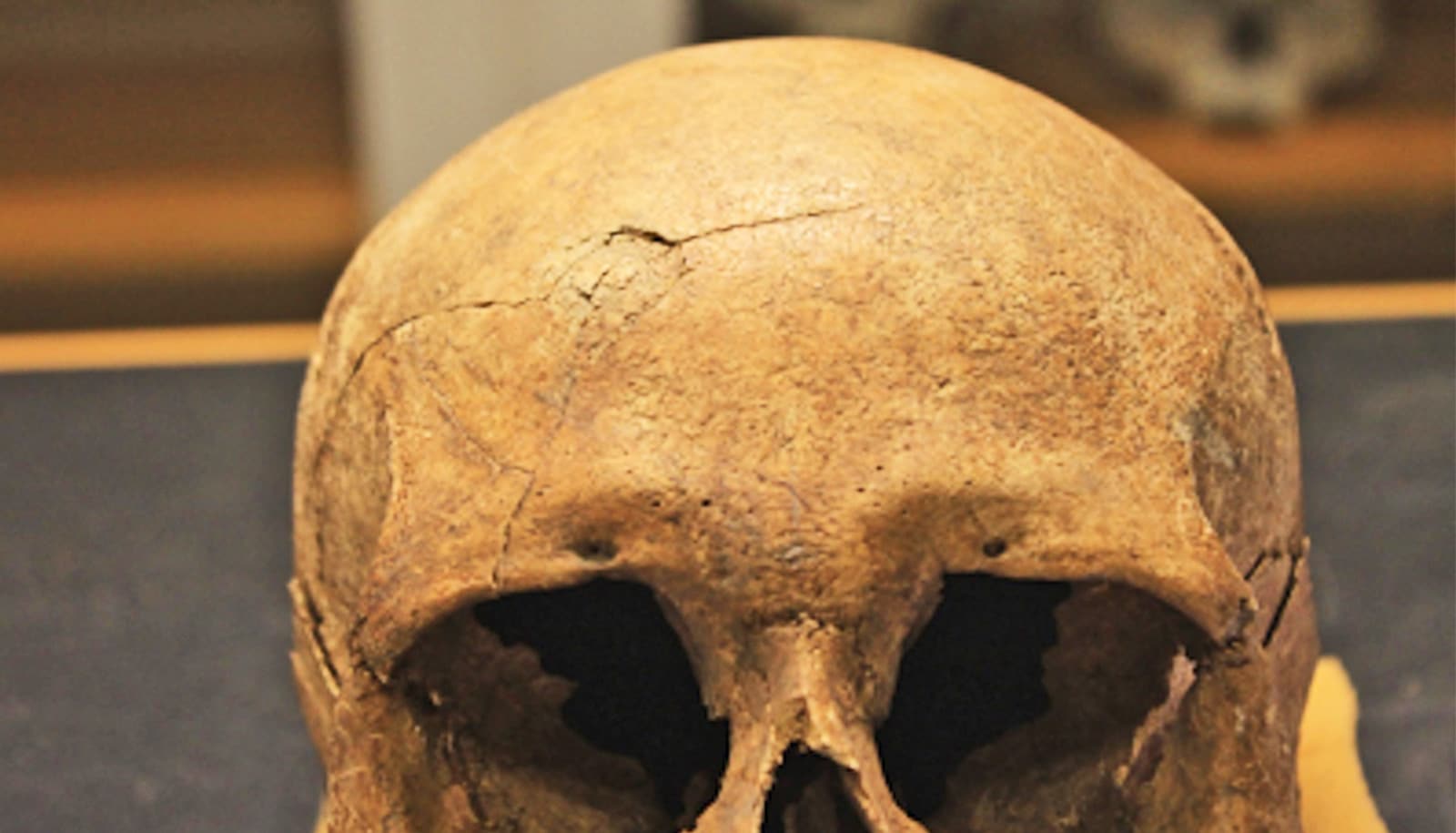Bones from wild sheep have turned up in the Black Desert in eastern Jordan. Archeologists hadn’t before identified the species in that area in the Late Pleistocene.
Excavations of architecture and associated deposits left by hunter-gatherers revealed the bones.
“Our findings illustrate how adaptive humans were nearly 14,500 years ago in a period of climatic change: Wild sheep offered the Natufian and later Pre-Pottery Neolithic populations one of a myriad of resources that could be exploited during the Late Pleistocene even in this more marginal environment beyond the Mediterranean zone,” says Lisa Yeomans, zooarchaeologist at the University of Copenhagen and first author of the study in Open Science.
“Despite the influences of climate on the resources presented to these hunter-foragers, their subsistence strategies were flexible and they could shift focus. Hunting wild sheep is just one of the ways that this is reflected in the archaeological record.”
According to the archaeologists, the discovery is further evidence that the region, often seen as a “marginal zone,” was capable of supporting a variety of resources, including a population of wild sheep during that time period.
Ancient stone tools hint at first division of labor
Based on the evidence, “we can document that wild sheep would have inhabited the local environment year-round and formed an important resource for the human population to target for food,” says Yeomans.
The team has been investigating human occupation in the Late Pleistocene of eastern Jordan. The Levant (i.e. modern-day Jordan, Israel, Palestine, Lebanon, and Syria) has long been recognized as an important region associated with changes in social complexity and shifts in subsistence economy that preempted the shift to agriculture and farming.
Source: University of Copenhagen



